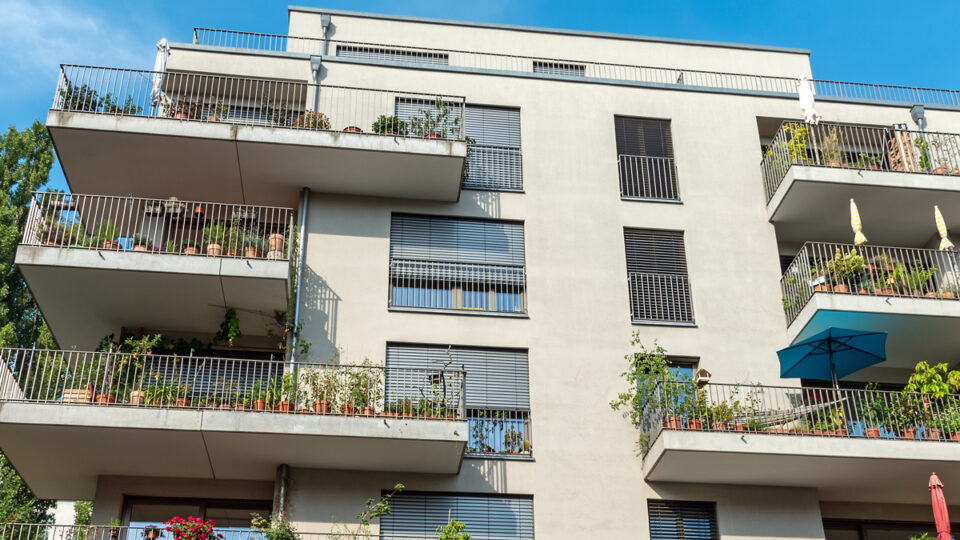
Webinar Q&A: Network transformation in 2020’s
Adapting to the ongoing technology transformation is the cable industry’s biggest challenge for the next coming years. In May 19, we organized the first ever #TelesteLive webinar to highlight some of the key issues operators should consider when planning their roadmap today.
In the webinar, our industry experts shared their insight on how to meet the growing network capacity demand and presented the latest news about Teleste’s product offering for distributed access as well as 1.8 GHz networks. The webinar was hosted by Digital TV Europe.
The webinar gathered more than 550 registrations and, according to DTVE’s survey, 94% of the attendees found it informative or very informative.
Informative update on technology and products!
Very interesting and professionally oriented
Excellent presentation and very informative
The topic also gave rise to many questions from the audience. As the time was too short to go through them all during the live stream, we have gathered our answers below for you to read.
1.8 GHz related questions
- Does using 1.8 GHz passives make sense already today?
Yes. The answer is based on features and performance, which our 1.8 GHz passives possess, obviously we cannot answer on behalf of other suppliers. Our 1.8 GHz passives perform better over the whole frequency domain than existing 1.2 GHz passives do, thus their use in 1.2 GHz networks is recommended. While changing passives is expensive due to the truck rolls and customer premise visits, the expenses can be mitigated by installing 1.8 GHz passives instead of 1.2 GHz passives, as this strategy eliminates sidesteps on the way towards 1.8 GHz ESD networks.
- When the first 1.8 GHz capable amplifiers will be deployed in practice?
Evaluation samples of 1.8 GHz amplifiers will be ready by end of 2020. Some trials will take place in the first half of 2021 but real deployments start during the second half of 2021.
- Do you think it’s possible to upgrade to 1.8 GHz with the existing cable spacing?
Especially in Europe, the coax networks are diverse and country specific issues are common. Some networks are very feasible for the 1.8 GHz upgrade while some networks create challenges due to cable lengths and amplifier cascades. But those challenges are not insuperable, compromises and workarounds can be found. For example, booster amplifiers have been used to tackle too long cable lengths already when 1.2 GHz upgrades took place.
- Is it possible to manage the increased total composite power (TCP) in 1.8 GHz amplifiers?
Managing high TCP is not a straightforward operation, especially power on higher frequencies causes challenges. However, it is possible. For further information, please download our white paper.
Distributed Access related questions
- I suppose your picture [rock climber] on the interoperability slide indicated that there have been challenges, could you elaborate it a little bit more?
The picture on the slide was indeed selected on purpose. Several interoperability efforts including integration with all CCAP platforms, different PTP clock vendors, various video core platforms and OOB systems have taken place. The efforts have been significant but we are happy to state that at the moment our status with interoperability is on a good level.
- Which CCAP core vendors are they [Teleste’s R-PHY devices] tested with?
Teleste has worked on interoperability with all prevailing CCAP platforms.
- Why operators should consider a separate video core instead of the integrated CCAP option?
The seamless operation of a video headend and Conditional Access System(s) (CAS) requires laborious integration efforts; redoing the integration work with the CCAP core would not pay dividends. A prudently designed video core is already integrated with all prevalent CA systems and can be operated by video experts. Also localised video content, specific PSI/SI tables and redundancy of broadcasting equipment are easier to manage with the separate video core.
- Will Teleste have a 19 inch rack mountable R-PHY node in the future?
At the moment, we are not actively implementing an R-PHY shelf product. However, as Teleste develops the hardware and software of RPD modules in-house, we have full flexibility to make such a product in a relatively short time frame.
- Does your Remote PHY support 10GPON interface?
Currently our Remote PHY nodes have been tested with P2P 10G Ethernet connections. As the RPD module has 10G SFP+ module slots, it could be possible to use 10G PON plugins in the device.



